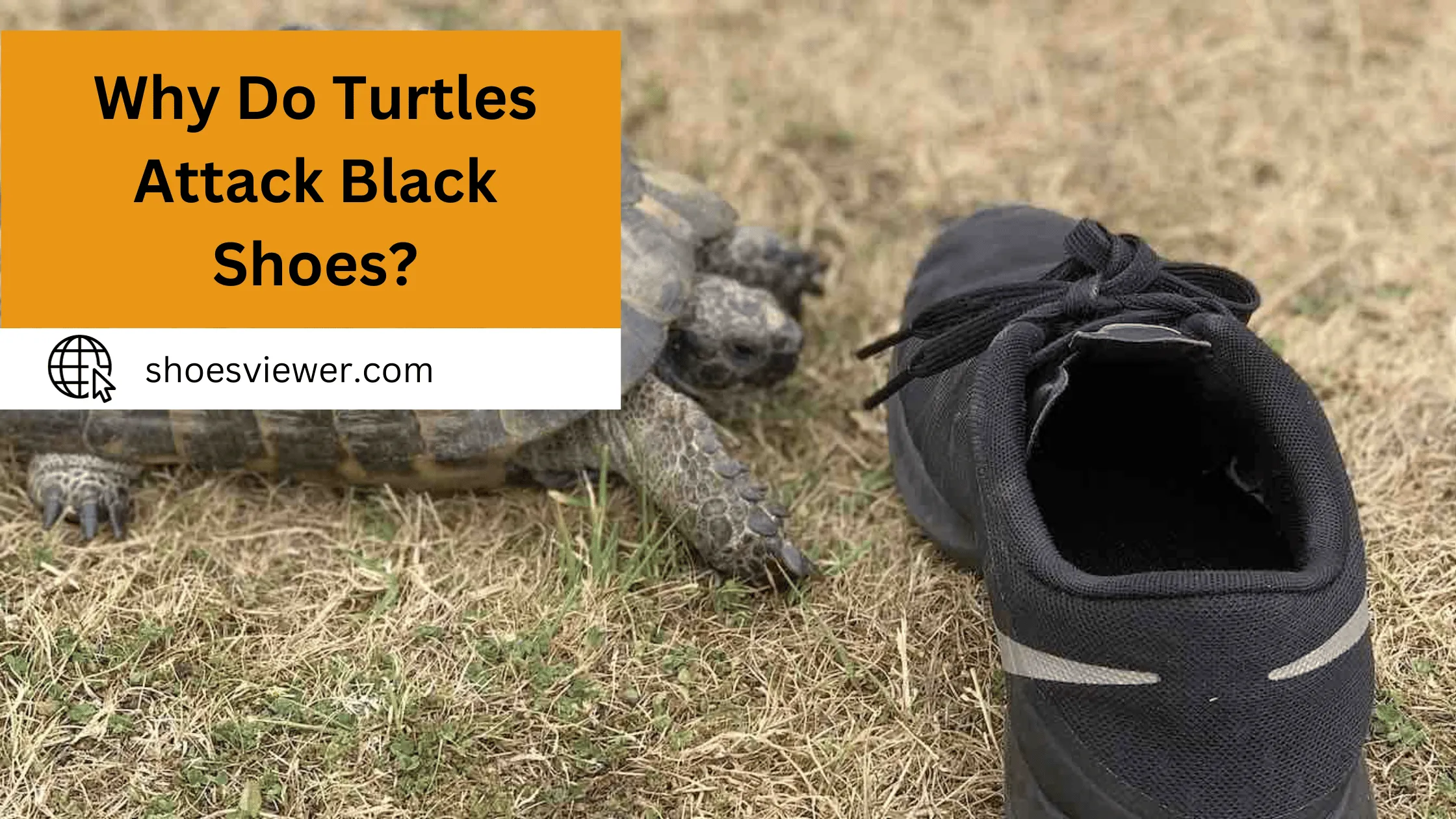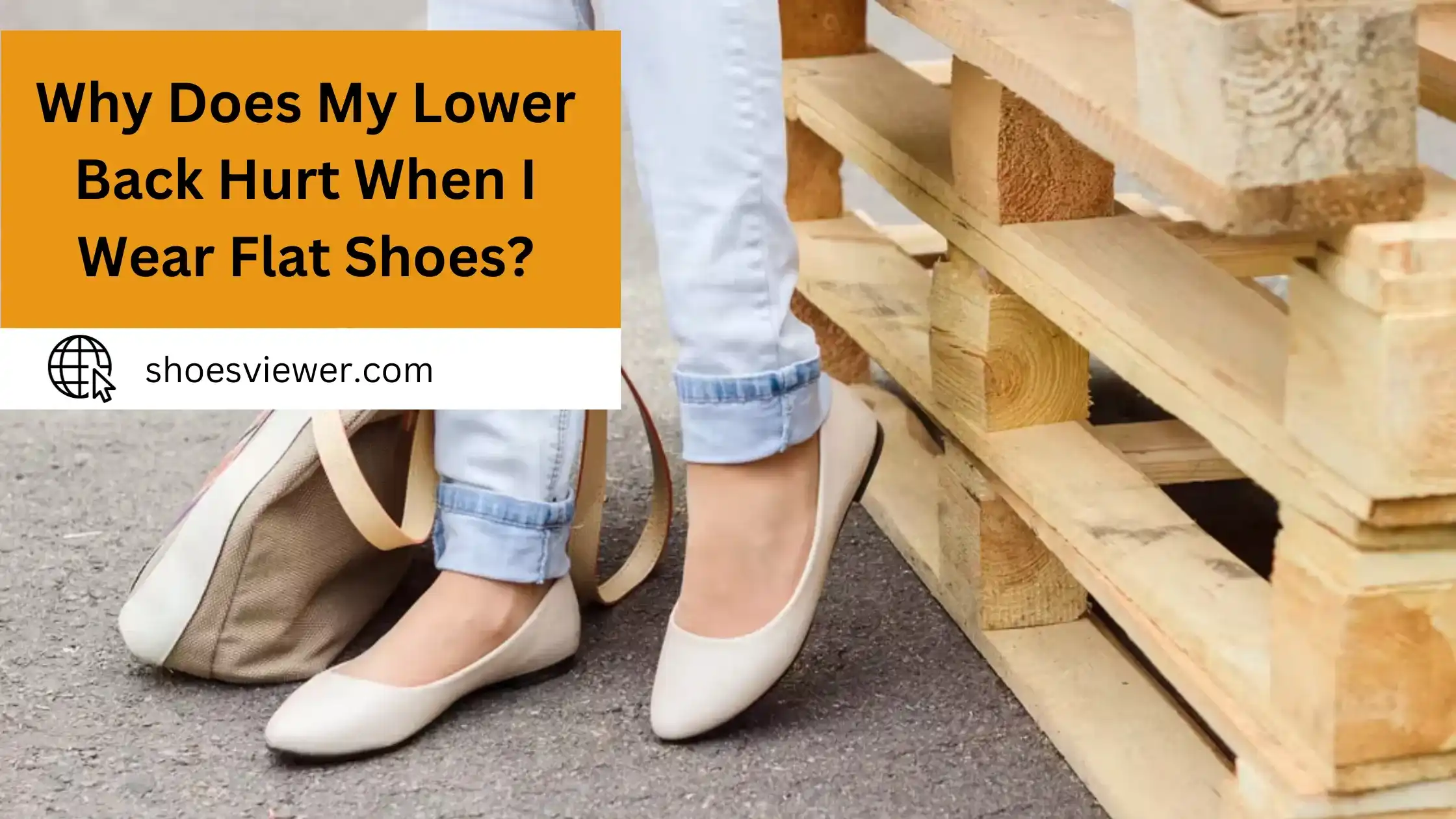As an environmental enthusiast, I am always out to explore and understand the behavior of animals living in their natural habitats. Recently, while on one such exploration journey, I encountered a startling observation about turtles attacking black shoes! This prompted me to investigate the topic further and find a rational explanation to clarify this problem.
Thus, an exciting discovery ensued that led me here to share my findings with you all. Along with understanding why turtles attack black shoes, I will also talk about how our preventive measures can help us stay safe during turtle attacks and other important considerations. So, if you are curious enough to know more, prepare for an insightful and fascinating read!
What Are The Factors Influencing Turtle Attacks On Black Shoes?
I will delve into the factors affecting such behavior and share my experience.
The Importance Of Color:
Turtles are known for their exceptional visual acuity and often rely on color cues to navigate their surroundings. It has been observed that turtles tend to be attracted to specific colors, with black being one of them.
While the reasons behind this attraction are not yet fully understood, it is believed that the contrast provided by black objects against a natural background may play a role in drawing turtles towards them.
Territorial Instincts:
Turtles are territorial creatures who can exhibit aggressive behavior when they perceive a threat to their territory. In my experience, I encountered a particularly territorial turtle while wearing black shoes near its nesting area.
The turtle saw my shoes as a potential threat and began displaying signs of aggression, including lunging and biting motions. This incident highlighted the importance of respecting a turtle’s territory and being mindful of our presence in their natural habitats.
Misidentification:
Another factor that can contribute to turtle attacks on black shoes is misidentification. Turtles may mistake black shoes for prey or objects they typically interact with in their natural environment.
This misinterpretation can lead to defensive behaviors, such as biting or attacking the perceived threat. We must understand that these interactions are not deliberate acts of aggression from the turtles but rather a result of their innate instincts.
Environmental Factors:
The environment in which turtles reside can also influence their behavior towards black shoes. For instance, in areas where human activity is high, turtles may become accustomed to associating black shoes with a source of food or interaction. This learned behavior can lead to repeated turtle attacks on black shoes as the turtles expect a particular response or reward.
Several factors can contribute to turtle attacks on black shoes. Understanding and respecting these factors allows us to coexist peacefully with these remarkable creatures and continue to appreciate their natural beauty.
Mistaking Black Shoes For Prey - A Possible Explanation:
During a field study in a coastal region, I observed a turtle displaying aggressive behavior toward my black hiking boots. Initially perplexed, I realized this behavior could be rooted in the turtle’s instincts and environmental interactions.
Visual Perception:
Turtles primarily rely on visual cues for survival, including finding food. The shape and color of black shoes might resemble certain prey, such as small dark-colored fish or amphibians, leading turtles to mistake them for food.
Movement And Shadow:
The movement of black shoes can create shadows or movements that mimic those of prey. In my experience, the turtle’s aggression increased as I moved, possibly perceiving the movement of my shoes as prey behavior.
Territorial Behavior:
Turtles can be territorial, especially in their natural habitat. The intrusion of a foreign object like a black shoe could trigger a defensive response if perceived as a threat or competitor.
Curiosity Or Confusion:
Turtles, like many animals, exhibit curiosity towards new or unfamiliar objects in their environment. This curiosity can sometimes manifest as an aggressive interaction, particularly if the turtle is confused or uncertain about the nature of the object.
Understanding these behaviors is crucial for wildlife research and ensuring safe human-animal interactions in natural habitats.
What Are The Preventive Measures?
Based on my research and personal understanding, I would like to propose the following preventive measures:
Awareness And Education:
It is crucial to raise awareness among individuals who frequent turtle habitats about the potential risks of wearing black shoes. Education campaigns can be organized by local environmental organizations, schools, or community groups to inform people about the reasons behind turtle attacks and promote responsible behavior.
Avoidance Of Black Footwear:
As turtles are sensitive to visual cues, they should avoid wearing black shoes or footwear that closely resembles their natural predators. Opting for light-colored or neutral footwear can help reduce the likelihood of triggering defensive responses from turtles.
Respect For Territorial Boundaries:
Turtles can exhibit aggressive behavior when they perceive their territories to be threatened. Respecting their nesting areas, avoiding disturbance, and maintaining a safe distance can minimize potential conflicts and mitigate the chance of turtle attacks.
Conservation Of Natural Habitats:
Protecting and preserving turtle habitats is essential for their well-being and reducing instances of aggression. Supporting environmental initiatives focused on habitat conservation, such as beach clean-ups and restoration programs, can create a safer environment for turtles and other wildlife.
Reporting And Monitoring:
Encouraging individuals who witness or experience turtle attacks on black shoes to report these incidents to local wildlife authorities or environmental organizations is crucial. This data can help researchers gather valuable information and develop effective strategies to mitigate such occurrences. Understanding why turtles attack black shoes and implementing preventive measures is vital in promoting peaceful coexistence between humans and these fascinating creatures.
Conclusion:
After discussing the various reasons why turtles may attack black shoes, I’ve realized that it’s essential to stay educated about wildlife and animal behavior to ensure their safety and your own. In my experience, while it was a bit startling when it happened, it has become a memory of understanding that not all animals are as they seem. With this newfound knowledge of why turtles attack black shoes, we can show respect towards their territory and habitat and help keep them safe and secure.







